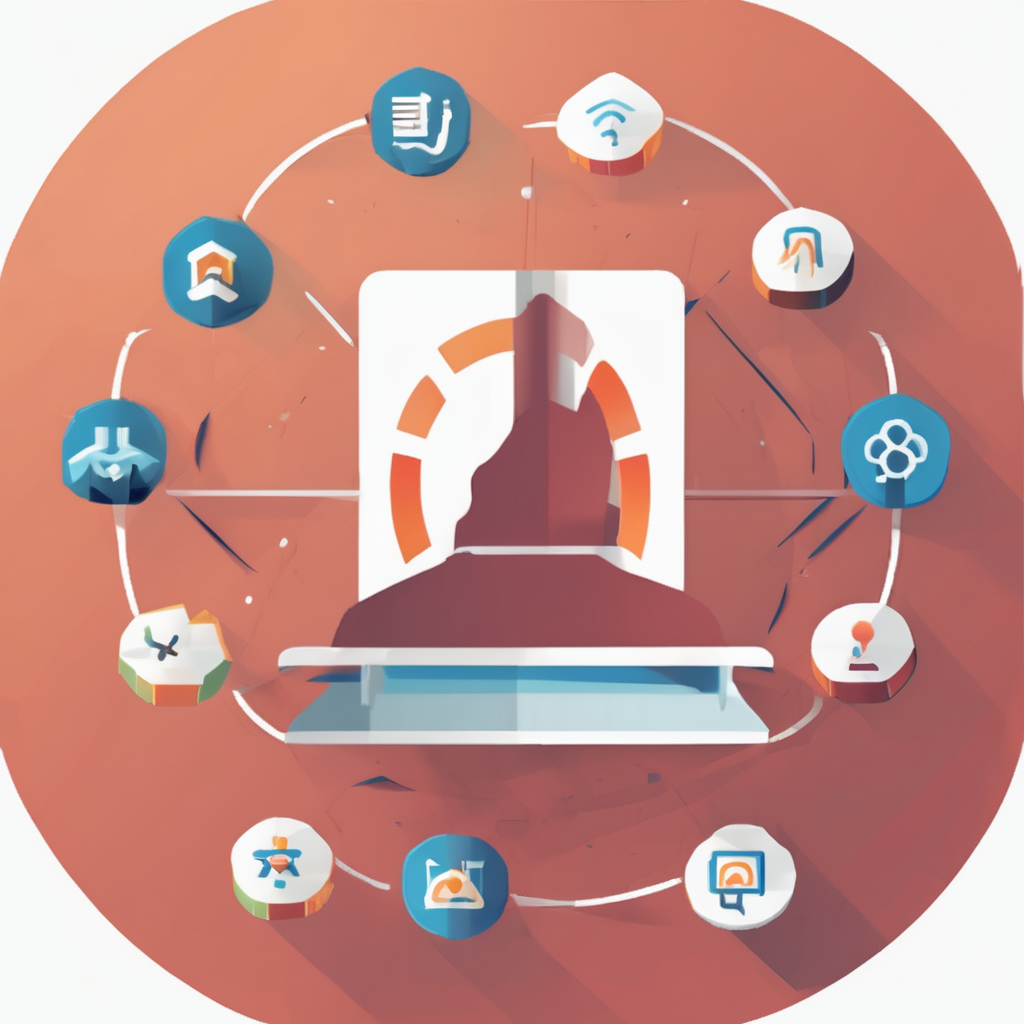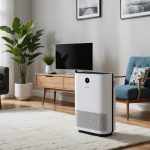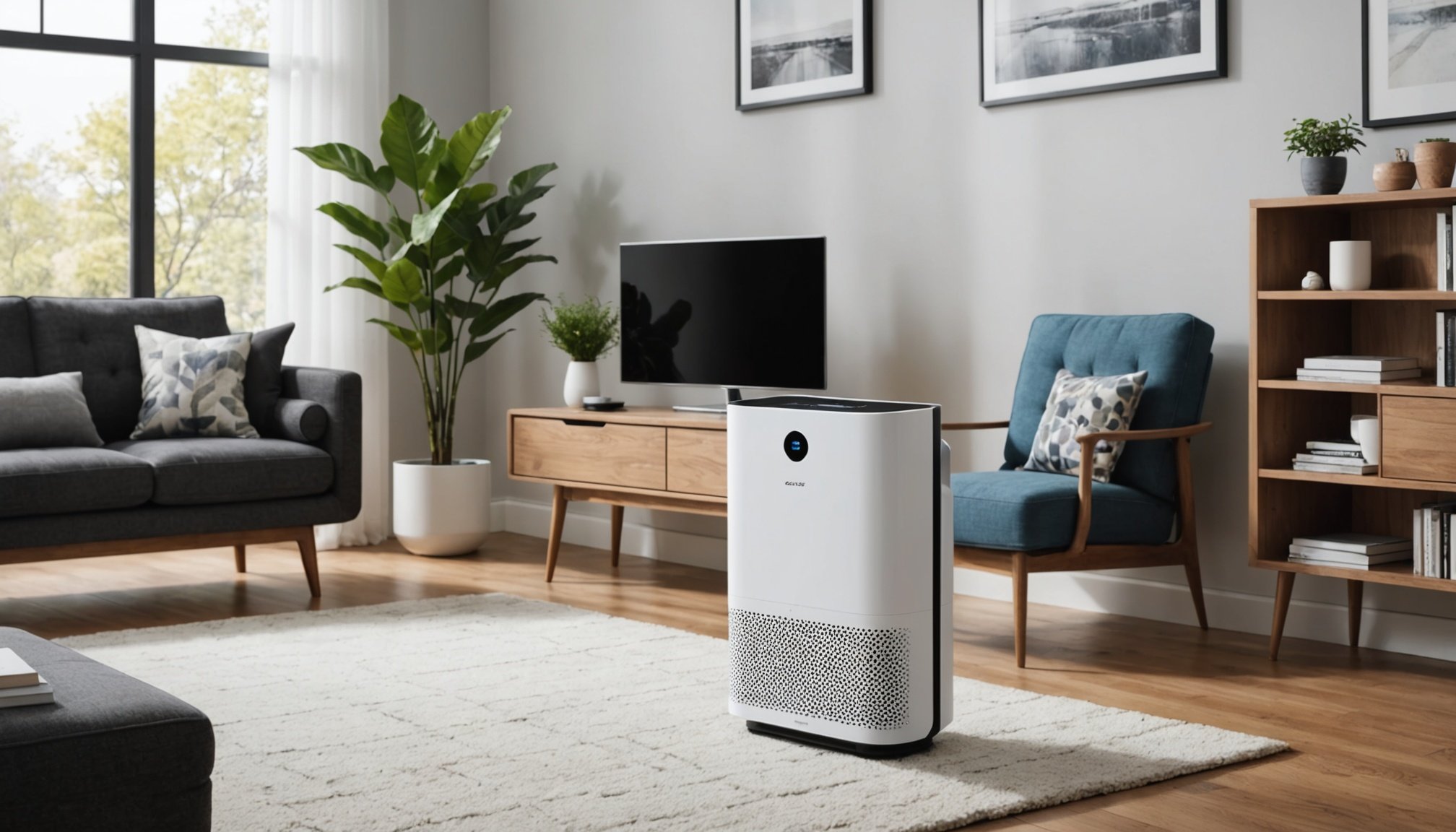Overview of Smart Home Air Purifiers
Breathing clean indoor air is crucial for our well-being, and smart home air purifiers play a significant role in maintaining indoor air quality. These devices are designed to remove contaminants from the air, including dust, pollen, and even bacteria, enhancing the overall health benefits for residents. But how do they achieve this?
Smart air purifiers use advanced filtration systems, often featuring HEPA filters, which effectively capture tiny particles from the air. They are equipped with smart features such as air quality sensors and Wi-Fi connectivity, allowing users to monitor and control air quality remotely through apps. This level of control ensures that the air in your home is at its cleanest, offering substantial health benefits.
Additional reading : Unlocking the art of smartphone photography: key strategies for taking breathtaking photos with your mobile device
When selecting a smart home air purifier, consider factors like filter replacement costs, noise levels, and the area coverage of the device. Understanding these key features helps in choosing the right purifier for your needs. An air purifier that fits your lifestyle not only enhances indoor air quality but also contributes positively to your family’s health. Investing in a smart purifier can be a valuable decision for long-term well-being, making the home environment safer and more comfortable.
Setting Up Smartphone Apps for Air Purifiers
Connecting your air purifier to a smartphone app opens up a world of convenience, enabling you to manage air quality effortlessly. Here’s a step-by-step guide to get you started.
In the same genre : Unleashing your smartphone”s power: top techniques for an enhanced augmented reality gaming experience
Firstly, ensure your air purifier supports smartphone app integration. Most modern devices include this feature. Download the relevant app from your device’s app store, and follow on-screen instructions to install it. Generally, this will involve pairing your air purifier with your smartphone via Wi-Fi or Bluetooth. This connectivity is crucial for the app to facilitate seamless control.
Once connected, you’ll typically have access to features such as setting schedules, monitoring air quality, and adjusting settings remotely. These common app features bolster the functionality of your air purifier, tailoring it to your needs. Look out for additional tools like air quality history tracking and filter change alerts.
To ensure consistent connectivity with other smart home devices, make sure your home network is reliable. Position your devices within the Wi-Fi range to avoid connectivity drops. If you experience issues, try resetting the device or app to resolve any glitches.
With these steps, your air purifier becomes an integral part of your smart home ecosystem, simplifying air management with every touch.
Navigating the User Interface of Air Purifier Apps
Exploring the user interface of air purifier apps offers insight into their thoughtful design, which emphasises both ease of use and functionality.
Key Features of Air Purifier Apps
These apps provide a streamlined experience, boasting intuitive app navigation across various features. Key elements often include:
- Real-time air quality metrics that are easy to comprehend
- Control of device settings with a single tap
- Notifications for air quality changes
Customization Options Available
Personalization is a hallmark of these apps, allowing users to tailor settings to their environment. For example, some apps let you adjust purification levels based on the type of pollutants detected in your area.
Understanding Real-time Air Quality Metrics
Arming users with a user-friendly dashboard, air purifier apps display visual representations of air quality data. Through graphs and charts, users can easily discern patterns and fluctuations over time, leading to informed decisions about managing their indoor environment. This feature is invaluable for tracking the effectiveness of the purification process.
Comparing Different Air Purifier Models and Apps
Choosing an air purifier can feel overwhelming with numerous brands and models available. Understanding what distinguishes one from another is vital. Many leading brands offer smart features through their dedicated apps, giving users enhanced control and monitoring capabilities. When exploring product comparisons, it’s crucial to scrutinise feature offerings such as filtration efficiency, noise levels, and automation capabilities.
Filtration efficiency is paramount in ensuring optimal air quality. Most advanced models utilise multi-stage filters to capture pollutants effectively. Evaluating efficiency involves looking at the Clean Air Delivery Rate (CADR), which indicates an air purifier’s ability to filter specific particle sizes.
Another consideration is the noise level during operation. Air purifiers should operate quietly, especially in environments like bedrooms or offices. Many units now provide a ‘sleep mode’ to minimise disruption.
Automation via apps significantly enhances user convenience and customisation. These apps often allow scheduling, monitoring air quality, and providing maintenance reminders. User reviews and expert opinions often highlight these features as key advantages, emphasising the practicality and comprehensive nature of the apps.
In essence, when performing feature analysis and perusing performance reviews, prioritising these aspects ensures you select an air purifier that meets your environmental and lifestyle needs effectively.
Troubleshooting Common Issues
Encountering problems with your device can be frustrating, but many common issues have straightforward solutions.
Connectivity issues often arise due to WiFi interference. Ensure your air purifier is within range of your router. Restarting your router can also renew the connection, potentially resolving the issue. If problems persist, check if the air purifier’s app has permissions enabled on your smartphone to function without issues.
Maintaining your air purifier’s performance is crucial. Regularly updating firmware is one of the key maintenance tips. Install updates through the manufacturer’s app, enhancing performance and resolving bugs. Keep the device’s filters clean and check the user manual for specific maintenance tips.
For those facing errors on their app, first ensure that it’s updated to the latest version, as this often includes bug fixes. Clear the app cache by accessing the settings on your phone, and if the error persists, consider uninstalling and then reinstalling the app. Here are a few recommendations for troubleshooting:
- Ensure the app is compatible with your smartphone’s operating system.
- Check the app’s FAQ section for potential solutions.
- Reach out to customer support if all else fails.
User Experiences and Recommendations
Feedback from users reveals a wealth of practical experiences with smart air purifier management. Many individuals appreciate the convenience of controlling air purifiers via smartphones. By adjusting settings remotely, users quickly respond to changing air quality without necessarily being at home. Consider Lucy, a user from Birmingham, who mentioned, “Using my phone to control my air purifier was a game-changer during allergy season.” This kind of connectivity not only enhances user experience but also delivers real-time air quality improvements.
In terms of expert advice, many professionals emphasise the importance of routine maintenance and optimal placement within rooms. Regularly checking and replacing filters ensures purifiers operate effectively. Smart devices can alert users when maintenance is needed, streamlining the process considerably.
Success stories also abound, with users noting significant benefits after integrating air purifiers into their environments. Improved sleep quality, reduced allergies, and cleaner indoor air are common results they describe. John, an IT specialist, stated, “After three months, there’s less dust, and I breathe better.” Such testimonials underline how these devices fit perfectly into smart home ecosystems, meeting health needs while conveniently fitting into modern lifestyles.
These insights offer valuable guidance for both current and potential users, showcasing the positive impact of smart air management solutions.
Health Benefits of Clean Indoor Air
Clean indoor air quality is closely linked to improved respiratory health. By ensuring that the air within our homes is free from pollutants and allergens, we reduce the risk of triggering respiratory illnesses and conditions.
Improving Respiratory Health
Research consistently shows a direct connection between enhanced air quality and a decrease in respiratory issues like allergies and asthma. Studies indicate that environments with purified air help manage symptoms more effectively. For individuals suffering from asthma and allergy, air purifiers can serve as a vital component of their health management strategy. With rising concerns about indoor pollutants, making sure that your living space is equipped with air cleaning systems is a proactive step towards better well-being.
Long-Term Health Benefits
Investing in smart air management systems offers long-term health benefits. These systems not only cleanse the air of immediate pollutants but also ensure continuous monitoring and improvement of air conditions. This reduces the likelihood of developing chronic conditions over time and supports overall well-being. By managing indoor air quality intelligently, you can create a healthier living space that promotes sustained health improvements. Incorporating these technologies is a substantial step towards ensuring your home is a sanctuary for good health.











